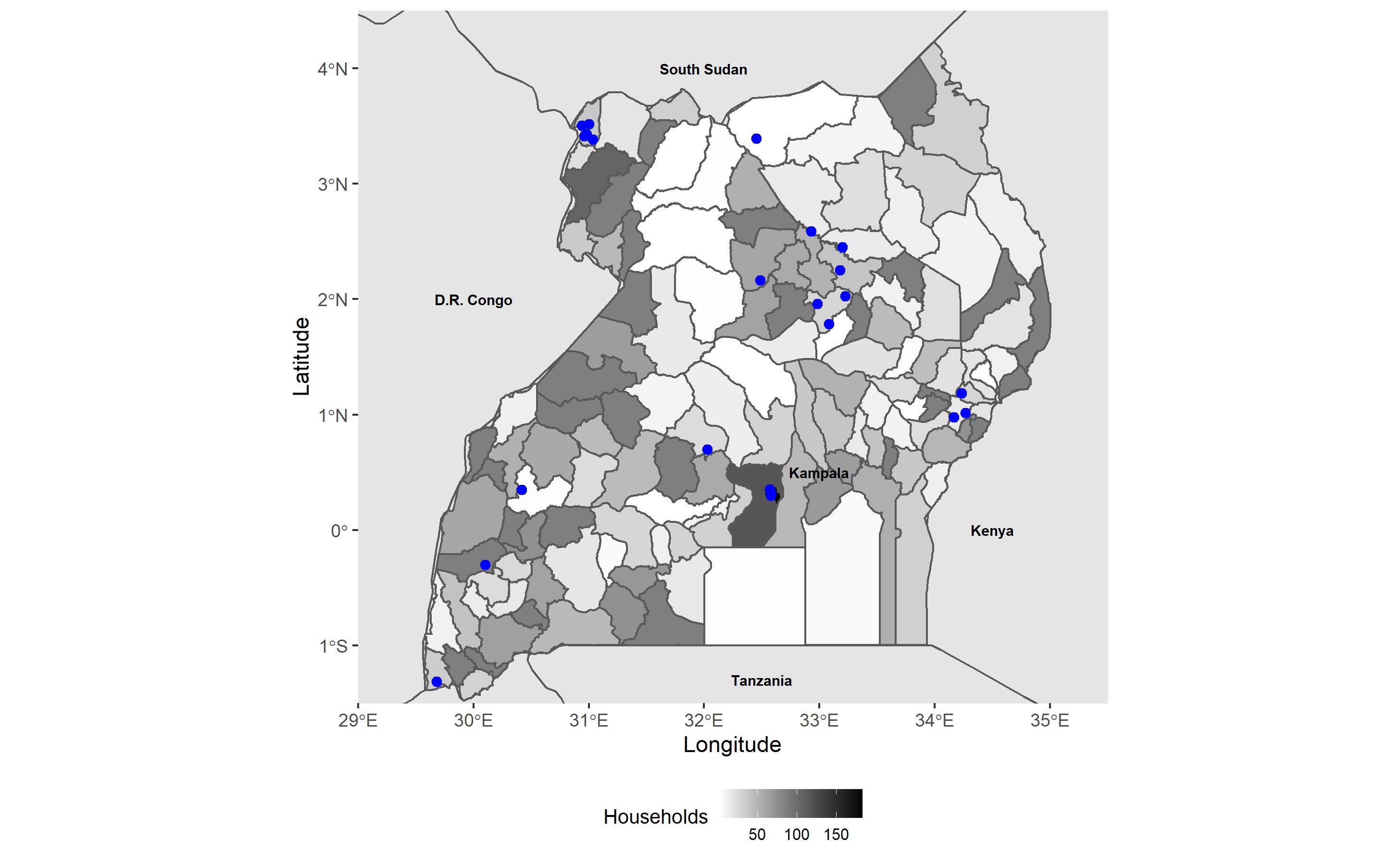Does Project-Level Foreign Aid Increase Access to Improved Water Sources? Evidence from Household Panel Data in Uganda
Abstract
Published in World Development
Empirical evidence from cross-country studies on the effectiveness of aid to the water, sanitation and hygiene sector (WASH aid) points to significant heterogeneity across countries and highlights the need for further research at the sub-national level to assess and quantify the effectiveness of WASH aid within countries. This paper combines geocoded sub-national data on the location of WASH aid projects in Uganda with nationally representative household-level panel survey data to examine whether proximity to aid-funded WASH projects improves household access to water. Access to water is evaluated along three dimensions: access to an improved water source, travel time to an improved water source and waiting time at an improved water source. The results of a difference-in-difference regression analysis suggest that while aid-funded WASH projects increase household access to improved sources of water, households may also see the time burden of water collection increase, as they may need to travel longer distances and also experience longer wait times due to congestion at water service points. This is an indication that the supply of improved water sources financed by WASH aid in Uganda remains insufficient relative to demand as measured by the population density.
Key Figures

Citation
@article{pickbourn2022,
author = {Pickbourn, Lynda and Caraher, Raymond and Ndikumana, Léonce},
title = {Does {Project-Level} {Foreign} {Aid} {Increase} {Access} to
{Improved} {Water} {Sources?} {Evidence} from {Household} {Panel}
{Data} in {Uganda}},
journal = {World Development},
volume = {158},
number = {105994},
date = {2022-10-01},
doi = {https://doi.org/10.1016/j.worlddev.2022.105994},
langid = {en}
}